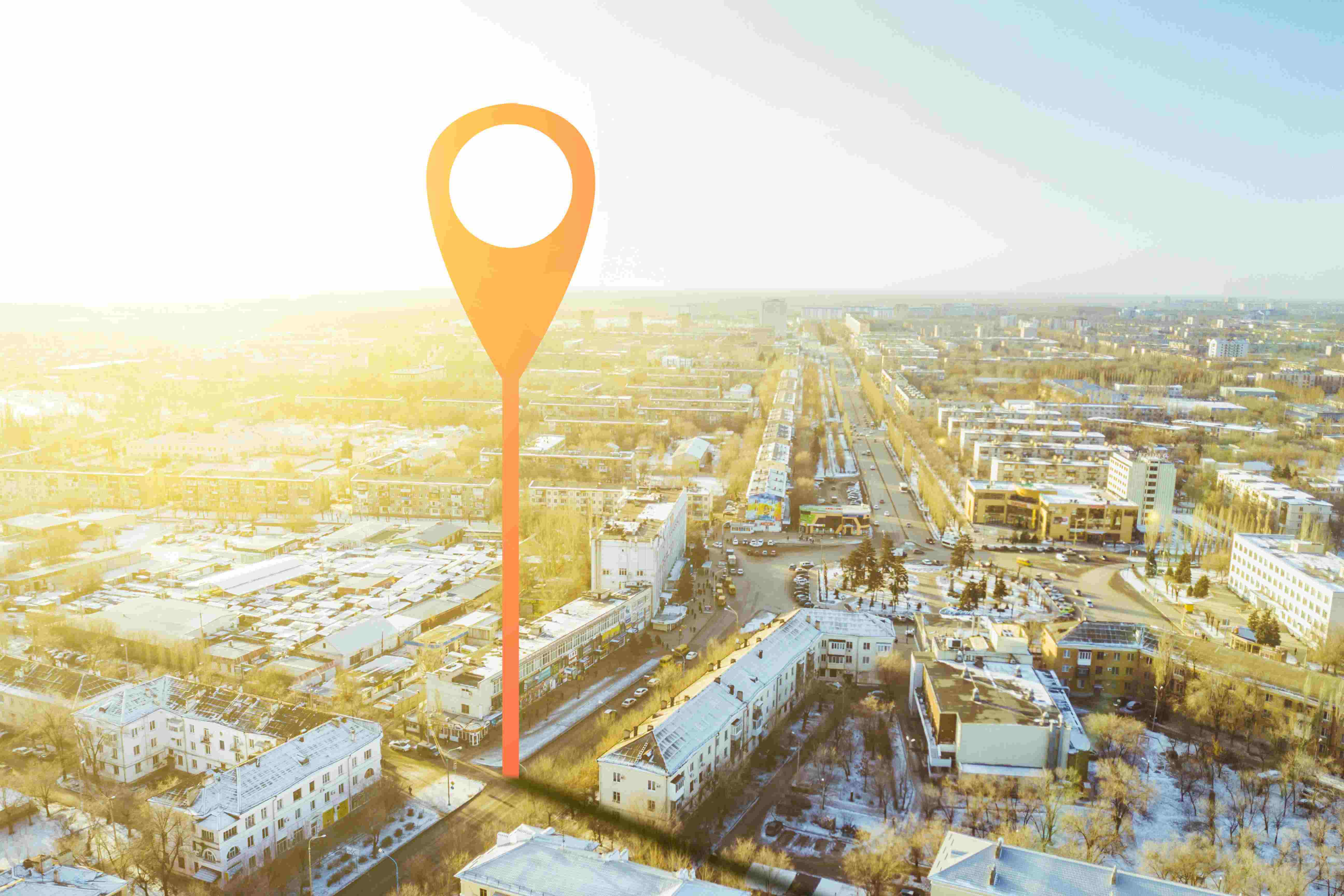As a small business owner, boosting your online visibility is crucial to driving more organic traffic and attracting local customers. One effective strategy to achieve this is geotagging, a powerful tool for enhancing local SEO. This comprehensive guide will explore how geotagging can benefit your business, provide actionable tips for implementation, and highlight the latest SEO trends related to geotagging and local SEO.
Table of Contents
- Introduction
- What is Geotagging?
- Benefits of Geotagging for Small Businesses
- How to Implement Geotagging
- Latest SEO Trends in Geotagging and Local SEO
- Actionable Tips for Boosting Local SEO with Geotagging
- Conclusion
- About Don Hesh SEO
Introduction
In the competitive digital landscape, small businesses must leverage every available tool to stand out and attract local customers. Geotagging is a potent strategy for enhancing local SEO, helping businesses rank higher in local search results and reach their target audience more effectively.
What is Geotagging?
Geotagging involves adding geographical information to various types of media, such as images, videos, and website content. This metadata includes coordinates like latitude and longitude, which help search engines understand the location relevance of your content, thereby improving local search visibility.
Benefits of Geotagging for Small Businesses
Improved Local Search Rankings
Geotagging helps search engines like Google identify the geographical relevance of your content, making it easier for local customers to find your business when they search for products or services in your area.
Enhanced User Experience
By providing accurate location data, geotagging improves user experience. Customers can easily find directions to your business, view location-specific content, and engage with your brand more effectively.
Increased Foot Traffic
When local customers find your business in search results, they are more likely to visit your physical store. Geotagging can drive more foot traffic, leading to increased sales and customer engagement.
Better Social Media Engagement
Geotagged social media posts are more likely to be discovered by local users, increasing engagement and driving more traffic to your website and physical location.
How to Implement Geotagging
Geotagging Images and Videos
Add location data to images and videos before uploading them to your website or social media platforms. Tools like Google Photos and social media apps often have built-in geotagging features.
Adding Geotags to Your Website
Incorporate geotags into your website’s metadata, such as adding location information to HTML tags and schema markup. This helps search engines understand the geographical relevance of your site.
Utilizing Geotags in Social Media Posts
When posting on social media, use location tags to increase the visibility of your posts to local users. Platforms like Instagram, Facebook, and Twitter allow you to add location information to your posts easily.
Leveraging Google My Business
Ensure your Google My Business profile is complete and up-to-date, including accurate location information. This helps your business appear in local search results and Google Maps.
Latest SEO Trends in Geotagging and Local SEO
Voice Search Optimization
With the rise of voice search, optimizing for local queries is more important than ever. Geotagging can help your business appear in voice search results when users ask for location-specific information.
Hyperlocal Targeting
Hyperlocal targeting focuses on very specific geographic areas, such as neighborhoods or districts. Geotagging allows you to create content that targets these smaller areas, improving your visibility in hyperlocal searches.
Mobile-First Indexing
As more users search for businesses on mobile devices, ensuring your geotagged content is mobile-friendly is crucial. Mobile-first indexing means that Google primarily uses the mobile version of your site for ranking and indexing.
User-Generated Content
Encouraging customers to create and share geotagged content, such as reviews and photos, can enhance your local SEO. User-generated content adds authenticity and helps attract more local customers.
Actionable Tips for Boosting Local SEO with Geotagging
Consistent NAP Information
Ensure your business name, address, and phone number (NAP) are consistent across all online platforms. Consistency helps search engines verify your business’s location and improve your local search rankings.
Optimizing Local Listings
Claim and optimize your listings on local directories and review sites, such as Yelp, TripAdvisor, and Yellow Pages. Add accurate geotags to these listings to improve visibility in local searches.
Encouraging Customer Reviews
Positive customer reviews can boost your local SEO. Encourage satisfied customers to leave reviews on platforms like Google My Business and Yelp, and ensure these reviews include location-specific keywords.
Creating Localized Content
Create content that is relevant to your local audience, such as blog posts about local events or guides to your area. Incorporate geotags into this content to improve its local search visibility.
Conclusion
Geotagging is a powerful tool for small businesses looking to enhance their local SEO and attract more local customers. By implementing geotagging strategies, you can improve your search rankings, increase foot traffic, and boost overall engagement with your brand.
About Don Hesh SEO
Don Hesh SEO is a leading SEO consultant and Google Ads consultant dedicated to helping businesses enhance their online presence and drive organic traffic. Our expertise in AI-driven SEO strategies ensures that your business stays ahead of the competition. Partner with SEO Sydney to leverage the latest AI technologies and achieve your SEO goals efficiently and effectively.



